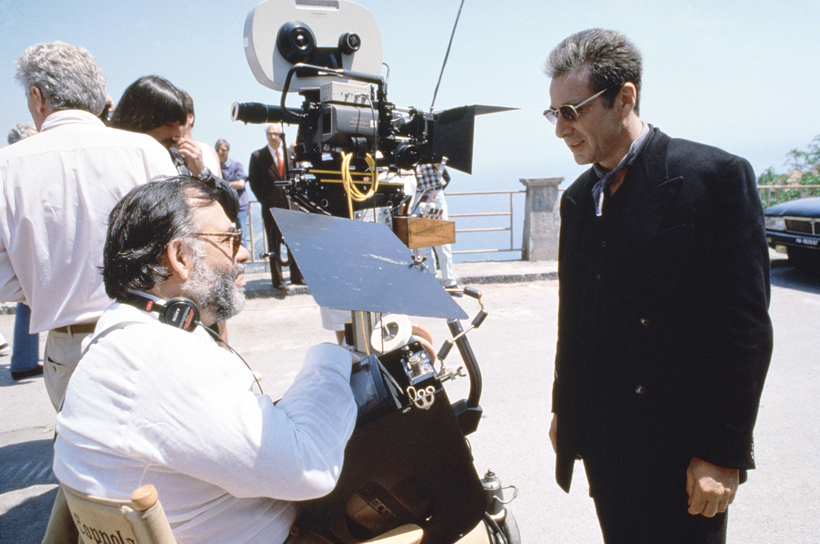Ah, The Godfather Part III. Everybody remembers where they were when they were first disappointed by The Godfather Part III. Me, I had just gotten all four wisdom teeth removed and was laying in bed trying to forget the pain. A marathon run of parts I and II had wowed me enough to soothe my gums, but two and a half grueling hours of the final chapter of the Corleone family saga had me reaching for the painkillers.
If you’re not familiar with The Godfather Part III, the film tells the story of an ailing Michael Corleone, the reluctant godfather himself, attempting to purchase a majority stake in the Vatican’s real-estate holding corporation in an effort to liberate his family from criminal ties and legitimize its businesses. Betrayals ensue, oranges tumble, wine spills, and bullets fly, and before Michael can say “they pull me back IN!,” he finds himself mired in a mafioso mess that rips the Corleones irreparably to pieces.
The film received vitriolic reviews when it was released on Christmas Day, 1990, with The Washington Post famously declaring “‘The Godfather Part III’ isn’t just a disappointment, it’s a failure of heartbreaking proportions … it also sullies what came before. It makes you wish it had never been made.”

The plot was accused of being muddled and utterly impossible to follow without an intimate knowledge of Francis Ford Coppola’s first two films, and the performance by Coppola’s then-teenaged daughter Sofia in the lynchpin role of Michael Corleone’s daughter was akin to cement drying around the film’s feet before a toss into the East River. (Despite all this, the movie did earn six Oscar nominations, including for Best Director and Best Picture.)
Francis Ford Coppola is a director who isn’t afraid to say he got things wrong. Throughout his career he has revisited and re-cut several of his films (go watch the brilliantly disturbing Apocalypse Now Redux if you haven’t), including returns to the first two Godfather parts, in which he picked over and honed them into his perfect vision of the Corleone story.
This month marks the release of Mario Puzo’s Godfather, Coda: The Death of Michael Corleone, Coppola’s re-cut of the film that he hopes will correct the errors of the original Part III and tell the story of the final fate of Michael Corleone the way he always intended to. The film features a new beginning that aims to clarify previously confusing plot points, a critically modified conclusion that refocuses the intended power of the entire film, along with nips and tucks here and there, and a rich audio and visual remastering.
Whether there is redemption for the wayward third film in Godfather, Coda is up to the viewer. At the very least, just as all the Godfathers have before, the film provides a beautiful opportunity to consider the sins, shadows, and light of the past, the purgatory of the present, and what, if anything, it all means. —Alex Oliveira
